2025
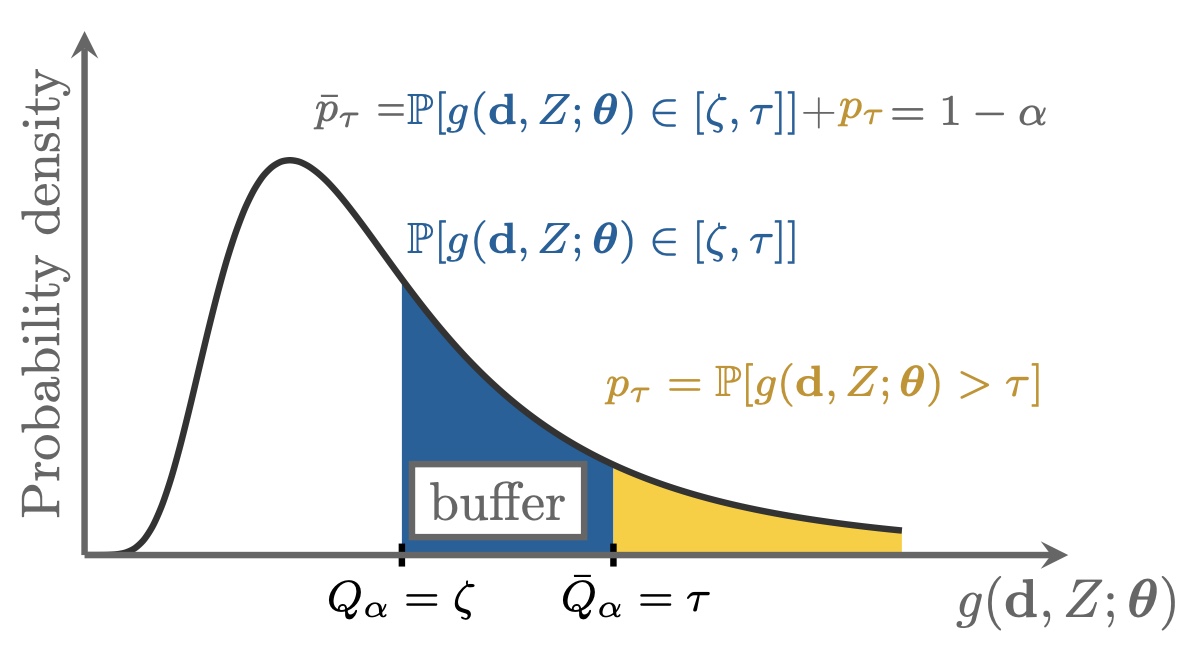
Risk-based design optimization for powder bed fusion metal additive manufacturing
Yulin Guo, Boris Kramer
Structural and Multidisciplinary Optimization Journal
[Paper (open access)] [Abstract] [BibTex]
Abstract
We formulate and solve a design optimization problem under uncertainty for a powder bed fusion metal AM process. Our objective is to minimize energy consumption while enforcing a risk-based constraint formulated with a buffered probability of failure on residual stress, along with a constraint on melting temperature to ensure a successful build. We use surrogate models for the residual stress and temperature snapshots to accelerate optimization; we train these models using data from high-fidelity finite element simulations. We validate the optimization results through additional high-fidelity simulations. The validated results demonstrate that the proposed optimization reduces energy consumption, enhances process reliability, and contributes to more robust and sustainable additive manufacturing.
BibTex
@article{BPOF-Risk-design-optimization-PBF-metal-AM,
title={Risk-based design optimization for powder bed fusion metal additive manufacturing},
author={Guo, Yulin and Kramer, Boris},
journal={Structural and Multidisciplinary Optimization},
volume={68},
number={9},
pages={179},
year={2025},
publisher={Springer},
doi={10.1007/s00158-025-03988-y}
}
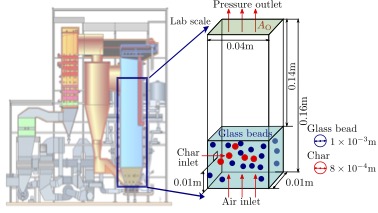
Robust design optimization with limited data for char combustion
Yulin Guo, Dongjin Lee, Boris Kramer
Structural and Multidisciplinary Optimization Journal
Abstract
This work presents a robust design optimization approach for a char combustion process in a limited-data setting, where simulations of the fluid-solid coupled system are computationally expensive. We integrate a polynomial dimensional decomposition (PDD) surrogate model into the design optimization and induce computational efficiency with transformed random variables, sparsity-promoting diffeomorphic modulation under observable response-preserving homotopy regression, and a single-pass surrogate model training approach.
BibTex
@article{RDO_limited_data_char_combustion,
title={Robust design optimization with limited data for char combustion},
author={Guo, Yulin and Lee, Dongjin and Kramer, Boris},
journal={Structural and Multidisciplinary Optimization},
volume={68},
number={9},
pages={179},
year={2025},
publisher={Springer},
doi={10.1007/s00158-025-03988-y}
}
2024
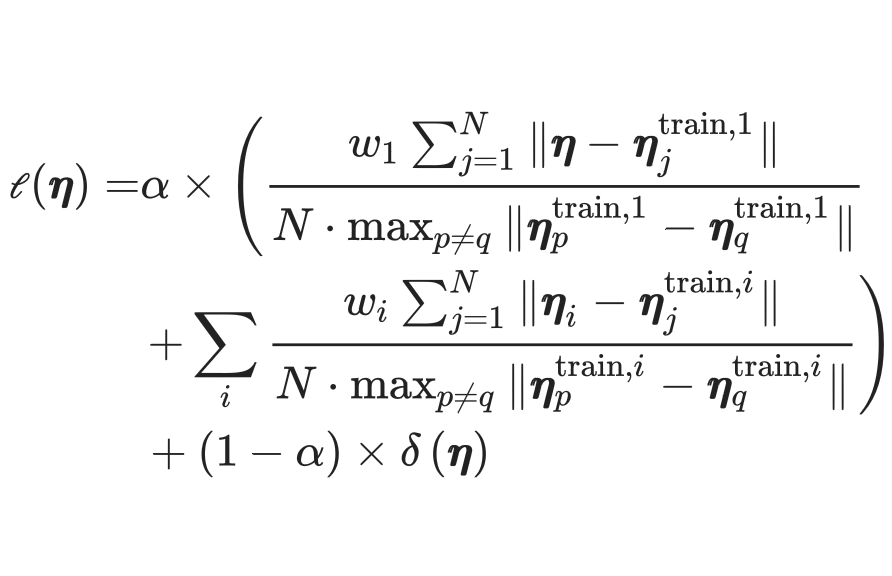
Active learning for adaptive surrogate model improvement in high-dimensional problems
Yulin Guo, Paromita Nath, Sankaran Mahadevan, Paul Witherell
Structural and Multidisciplinary Optimization Journal
[Paper (open access)] [Abstract] [BibTex]
Abstract
This paper investigates a novel approach to efficiently construct and improve surrogate models in problems with high-dimensional input and output. The proposed method is demonstrated for the numerical simulation of an additive manufacturing part, with a high-dimensional field output quantity of interest (residual stress) in the component that has spatial variability due to the stochastic nature of multiple input variables (including process variables and material properties).
BibTex
@article{Active_learning_adpative_surrogate_high_dimension,
title={Active learning for adaptive surrogate model improvement in high-dimensional problems},
author={Guo, Yulin and Nath, Paromita and Mahadevan, Sankaran and Witherell, Paul},
journal={Structural and Multidisciplinary Optimization},
volume={67},
number={7},
pages={122},
year={2024},
publisher={Springer},
doi={10.1007/s00158-024-03816-9}
}
2023

Investigation of surrogate modeling options with high-dimensional input and output
Yulin Guo, Sankaran Mahadevan, Shunsaku Matsumoti, Shunsake Taba, Daigo Watanabe
AIAA Journal Journal
Abstract
This paper investigates surrogate modeling options for problems with high-dimensionality in both the input and output spaces. The proposed general, systematic approach of exploring available options is applied to an aircraft fuselage panel. The effectiveness of various dimension reduction techniques with surrogate model construction are investigated in terms of accuracy and computational effort.
BibTex
@article{Surrogate_high_dimension,
title={Investigation of surrogate modeling options with high-dimensional input and output},
author={Guo, Yulin and Mahadevan, Sankaran and Matsumoto, Shunsaku and Taba, Shunsuke and Watanabe, Daigo},
journal={AIAA Journal},
volume={61},
number={3},
pages={1334--1348},
year={2023},
publisher={American Institute of Aeronautics and Astronautics},
doi={10.2514/1.J061901}
}
2022

Dimension reduction for efficient surrogate modeling in high-dimensional applications
Berkcan Kapusuzoglu, Yulin Guo, Sankaran Mahadevan, Shunsaku Matsumoti, Miyagi Yoshitomo, Shunsake Taba, Daigo Watanabe
AIAA Scitech 2022 Forum Conference
Abstract
Engineering analysis using finite element models of complex aerospace structural components is computationally expensive and consists of multiple inputs and outputs. The analysis becomes more demanding when the system inputs and outputs vary over space and time, and the problem becomes very high-dimensional. Surrogate models are often employed to replace the physics-based model to achieve computational efficiency in analyses such as uncertainty quantification and optimization. This report develops a surrogate modeling approach for such high-dimensional problems. Several methods for reducing the output dimension are explored and compared, namely, singular value decomposition (SVD), random projection (RP), and randomized SVD; and variance-based sensitivity analysis and active subspace discovery are considered for input dimension reduction. The combination of dimension reduction methods that provide the best accuracy and computational effort are identified. This is followed by the construction of Gaussian process surrogate models or machine learning (ML) models in the low-dimensional space. The errors in the surrogate model prediction, both in the low-dimensional latent space and the high-dimensional original space, are quantified. Two examples, aircraft fuselage panel and gas turbine engine, are used to analyze the effectiveness of the proposed approach.
BibTex
@inproceedings{kapusuzoglu2022dimension,
title={Dimension reduction for efficient surrogate modeling in high-dimensional applications},
author={Kapusuzoglu, Berkcan and Guo, Yulin and Mahadevan, Sankaran and Matsumoto, Shunsaku and Yoshitomo, Miyagi and Taba, Shunsuke and Watanabe, Daigo},
booktitle={AIAA SCITECH 2022 Forum},
pages={1440},
year={2022},
doi={10.2514/6.2022-1440}
}
2021
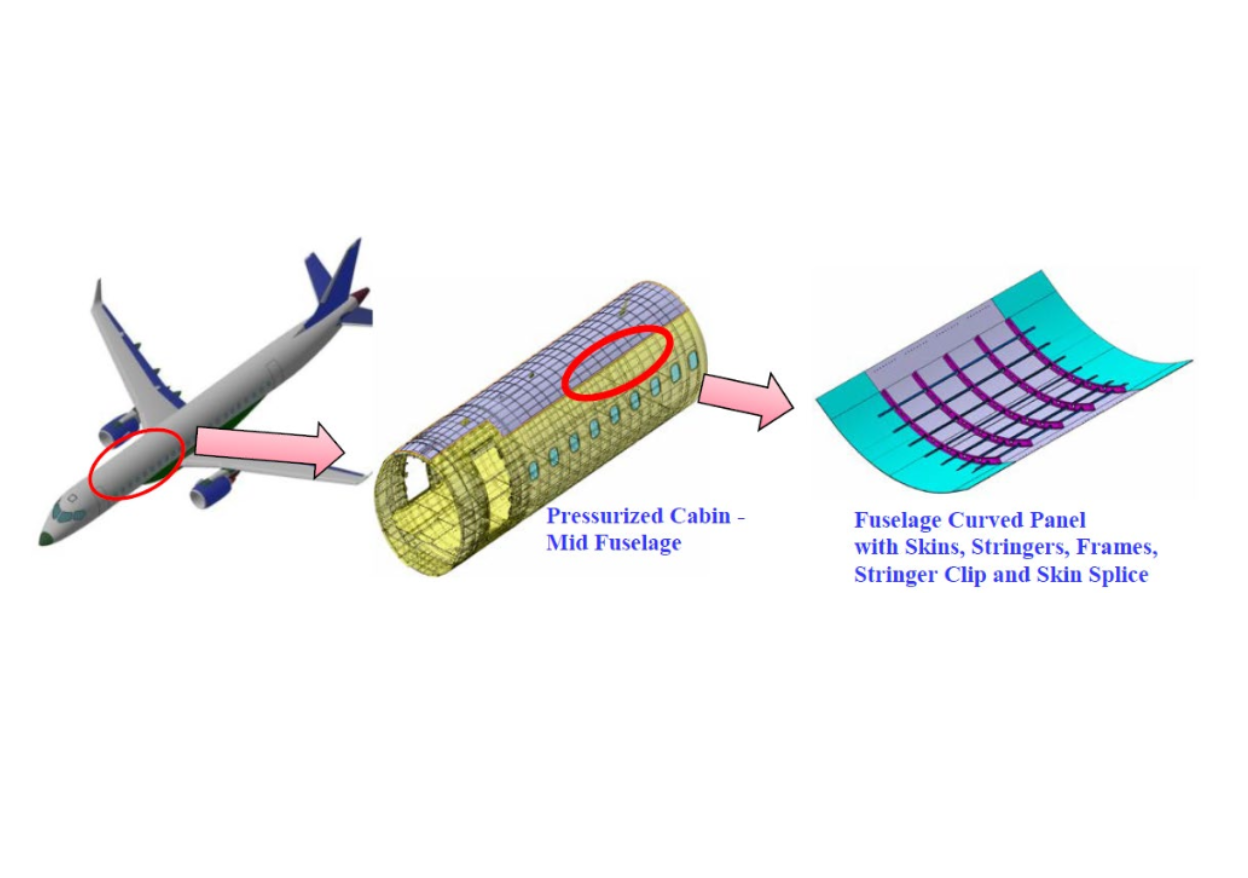
Surrogate modeling with high-dimensional input and output
Yulin Guo, Sankaran Mahadevan, Shunsaku Matsumoti, Shunsake Taba, Daigo Watanabe
AIAA Scitech 2021 Forum Conference
Abstract
Surrogate models are often employed in engineering analysis to replace a detailed model with complicated geometry, loading, material properties and boundary conditions, in order to achieve computational efficiency. The accuracy of the surrogate model depends on the quality and quantity of data collected from the expensive physics model. This paper presents a novel approach to surrogate model building for engineering problems with high dimensionality in both the input and output space. In the proposed method, several methods for reducing the output dimension are explored and compared, namely, singular value decomposition (SVD), random projections and randomized SVD; the input dimension is reduced using variance-based sensitivity analysis. This is followed by the construction of Gaussian process surrogate models in the low-dimensional space. The prediction error in the original space includes both the reconstruction error and surrogate error; this can be used to identify new training runs for adaptive improvement of the surrogate model. An aircraft fuselage panel analysis is used to compare the various dimension reduction techniques for effective surrogate modeling.
BibTex
@inproceedings{guo2021surrogate,
title={Surrogate modeling with high-dimensional input and output},
author={Guo, Yulin and Mahadevan, Sankaran and Matsumoto, Shunsaku and Taba, Shunsuke and Watanabe, Daigo},
booktitle={AIAA Scitech 2021 forum},
pages={0182},
year={2021},
doi={10.2514/6.2021-0182}
}
2020
Digital twin approach for intelligent operation planning and health management of mechanical systems
Pranav Karve, Yulin Guo, Berkcan Kapusuzoglu, Sankaran Mahadevan, Mulugeta A. Haile
Annual Conference of the PHM Society Conference
Abstract
The digital twin paradigm aims to fuse information obtained from sensor data, physics models, and operational data for a mechanical component in use to make well-informed decisions regarding health management and operations of the component. In this work, we discuss a methodology for digital-twin-based operation planning in mechanical systems to enable: a) cost-effective maintenance scheduling, and b) resilient operations of the system. As properties of mechanical systems, as well as their operational parameters, loads and environment are stochastic in nature, our methodology includes probabilistic damage diagnosis, probabilistic damage prognosis, and system optimization under uncertainty. As an illustrative example, we consider the problem of fatigue crack growth in a metal component. We discuss a probabilistic, ultrasonic-guided-wave-based crack diagnosis framework that can handle both aleatory and epistemic uncertainties in the diagnosis process. We build a high-fidelity, finite element model to simulate the piezoelectric effect and ultrasonic guided wave propagation. We use test data obtained by conducting diagnostic experiments on the physical twin to calibrate the error in the diagnosis model. We perform Bayesian diagnosis of crack growth using the corrected diagnosis model, considering data corrupted by measurement noise, and fuse the information from multiple sensors. We build a finite-element-based high-fidelity model for crack growth under uniaxial cyclic loading, and calibrate a phenomenological (low-fidelity) fatigue crack growth model using the high-fidelity model output as well as data from fatigue loading experiments performed on the physical twin. We use the resulting multi-fidelity model in a probabilistic crack growth prognosis framework; thus achieving both accuracy and computational efficiency. Lastly, we utilize the damage diagnosis framework along with the damage prognosis model to optimize system operations under diagnostic and prognostic uncertainty. We perform simulation as well as laboratory experiments that show how the digital twin of the component of interest can be used for intelligent health management and operation planning for mechanical systems.
BibTex
@inproceedings{DT_intelligent_operation_planning_management,
title={Digital twin approach for intelligent operation planning and health management of mechanical systems},
author={Karve, Pranav and Guo, Yulin and Kapusuzoglu, Berkcan and Mahadevan, Sankaran and Haile, Mulugeta},
booktitle={Annual Conference of the PHM Society},
volume={12},
number={1},
pages={9--9},
year={2020},
doi={10.36001/phmconf.2020.v12i1.1197}
}
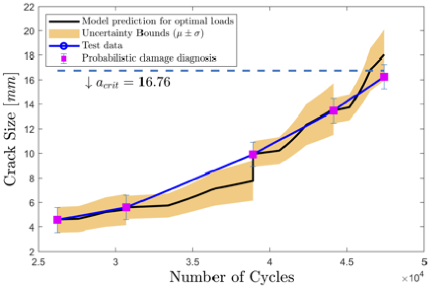
Fatigue crack growth diagnosis and prognosis for damage-adaptive operation of mechanical systems
Pranav Karve, Yulin Guo, Berkcan Kapusuzoglu, Sankaran Mahadevan, Mulugeta A. Haile
The 38th IMAC, A Conference and Exposition on Structural Dynamics Conference
Abstract
The digital twin paradigm that aims to integrate the information obtained from sensor data, physics models, operational data and inspection/maintenance/repair history of the system or component of interest, can potentially be used to optimize operational parameters that achieve a desired performance or reliability goal. In this paper, we discuss such a methodology for intelligent operation planning in mechanical systems. The proposed approach discusses two key components of the problem: damage diagnosis and damage prognosis. We consider the problem of diagnosis and prognosis of fatigue crack growth in a metal component, as an example. We discuss a probabilistic, Lamb-wave-scattering-based crack diagnosis framework that incorporates both aleatory and epistemic uncertainties in the diagnosis process. We build a Bayesian network for the Lamb-wave pitch-catch NDE using a low-fidelity physics-based model of the same. We perform global sensitivity analysis to quantify the contribution of various parameters to the variance of the damage-sensitive output signal feature(s) using this model. We retain the parameters with higher contribution, and build a medium-fidelity, one-way coupled, multi-physics model to simulate the piezoelectric effect and Lamb wave propagation. We perform Bayesian diagnosis of crack growth using the medium-fidelity model, considering data corrupted by measurement noise, and fuse the information from multiple sensors. We build a finite-element-based high-fidelity model for crack growth under uniaxial cyclic loading, and calibrate a phenomenological (low-fidelity) fatigue crack growth model using the high-fidelity model output. We use the resulting multi-fidelity model in a probabilistic crack growth prognosis framework; thus achieving both accuracy and computational efficiency. We integrate the probabilistic diagnosis and prognosis engines to estimate the damage state using both sensor data as well as model prediction.
BibTex
@inproceedings{Crack_diagnosis_prognosis_damage_adaptive,
title={Fatigue Crack Growth Diagnosis and Prognosis for Damage-Adaptive Operation of Mechanical Systems},
author={Karve, Pranav M and Guo, Yulin and Kapusuzoglu, Berkcan and Mahadevan, Sankaran and Haile, Mulugeta A},
booktitle={Model Validation and Uncertainty Quantification, Volume 3: Proceedings of the 38th IMAC, A Conference and Exposition on Structural Dynamics 2020},
pages={233--236},
year={2020},
organization={Springer},
doi={10.1007/978-3-030-47638-0_25}
}
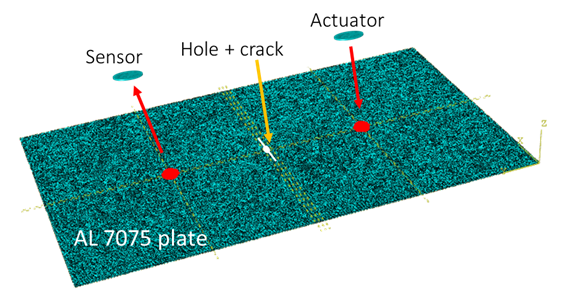
Resilience-enhancing operations of aerostructural systems under uncertainty: a digital twin approach
Pranav Karve, Yulin Guo, Berkcan Kapusuzoglu, Sankaran Mahadevan, Mulugeta A. Haile
AIAA Scitech 2020 Forum Conference
Abstract
Contemporary aerospace systems undergo planned, scheduled maintenance, which relies on the predetermined schedule of maintenance, and may results in increased costs as well as risks. Condition-based maintenance (CBM) is an efficient, cost-effective maintenance paradigm that ensures safe operation of aerospace systems. In this work, we discuss a methodology for increasing the time between two successive CBM operations by re-configuring operations of an electrical or mechanical component in an aerospace vehicle. We discuss the three key aspects of the problem of interest: diagnosis of the current health state, prognosis of damage growth, and optimization of system operations. As properties of aerospace systems, as well as their operational parameters, loads and environment are stochastic in nature, our methodology includes the framework for the analysis of the uncertainty in diagnosis, prognosis, and optimization. We discuss a theory-critical simulation experiment to show how the trio of probabilistic diagnosis, prognosis, and system optimization can be used in conjunction with the digital twin of the component of interest to extend the maintenance-free operation period and increase the operational resilience of the system towards successful mission completion.
BibTex
@inproceedings{Resilience_enhancing_operation_DT,
title={Resilience-enhancing operations of aerostructural systems under uncertainty: a digital twin approach},
author={Karve, Pranav M and Guo, Yulin G and Kapusuzoglu, Berkcan and Mahadevan, Sankaran and Haile, Mulugeta A},
booktitle={AIAA Scitech 2020 Forum},
pages={1655},
year={2020},
doi={10.2514/6.2020-1655}
}
2019

Digital twin approach for damage-tolerant mission planning under uncertainty
Pranav Karve, Yulin Guo, Berkcan Kapusuzoglu, Sankaran Mahadevan, Mulugeta A. Haile
Engineering Fracture Mechanics Journal
Abstract
In this article, we develop a methodology for intelligent mission planning using the digital twin approach, with the objective of performing the required work while meeting the damage tolerance requirement. The proposed approach has three components: damage diagnosis, damage prognosis, and mission optimization. All three components are affected by uncertainty regarding system properties, operational parameters, loading and environment, as well as uncertainties in sensor data and prediction models.
BibTex
@article{DT_damage_tolerant_planning_uncertainty,
title={Digital twin approach for damage-tolerant mission planning under uncertainty},
author={Karve, Pranav M and Guo, Yulin and Kapusuzoglu, Berkcan and Mahadevan, Sankaran and Haile, Mulugeta A},
journal={Engineering Fracture Mechanics},
volume={225},
pages={106766},
year={2020},
publisher={Elsevier},
doi={10.1016/j.engfracmech.2019.106766}
}